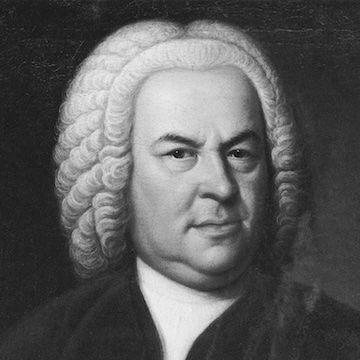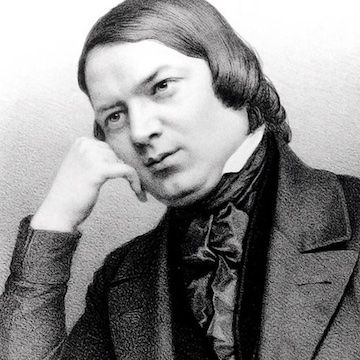Grand Duo Piano Violin
Discover this exceptional program for violin and piano!
Adam Laloum and Mi-Sa Yang create a dialogue-fusion.
The evening opens with a Bach sonata. The instruments dialogue with remarkable inventiveness, testifying to Bach's love of the violin from an early age. Adam Laloum and Mi-Sa Yang then plunge us into two great Romantic masterpieces: Schumann's “Grande sonate”, bursting with vitality and temperament, and César Franck's renowned and passionate sonata.
Program
The six sonatas for violin and obbligato harpsichord BWV 1014–1019 by Johann Sebastian Bach are works in trio sonata form, with the two upper parts in the harpsichord and violin over a bass line supplied by the harpsichord and an optional viola da gamba. Unlike baroque sonatas for solo instrument and continuo, where the realisation of the figured bass was left to the discretion of the performer, the keyboard part in the sonatas was almost entirely specified by Bach. They were probably mostly composed during Bach's final years in Cöthen between 1720 and 1723, before he moved to Leipzig. The extant sources for the collection span the whole of Bach's period in Leipzig, during which time he continued to make changes to the score.
[Largo] in F minor
Allegro in F minor
Adagio in D minor
Vivace in F minor
Sonata for Violin and Piano No. 2, “Second Great Sonata”, Op. 121, is a chamber-music work by Robert Schumann. Composed in October and November 1851 and dedicated to the violinist Ferdinand David, it was premiered on October 29, 1853 in Düsseldorf by Clara Schumann on piano and Joseph Joachim on violin.
Ziemlich langsam “quite slow” (in D minor), Lebhaft “lively”.
Sehr lebhaft “very lively” (in B minor)
Leise, einfach “gently, simply” (in G major)
Bewegt “mouvementé” (in D minor)
The Sonata for piano and violin in A major FWV 8, one of the best-known works in the repertoire for violin and piano, is César Franck's most frequently performed work, with over 180 recordings available by the end of 2010.
This work is characteristic of the composer: a well-crafted architecture, numerous and varied themes to which Franck's cherished cyclical form lends overall unity. It is also remarkable for the balance of roles and the dialogue between the two instruments, which are treated equally, as well as for the tempo control demanded of the performers, who often have to hold back to increase tension and emotion.
Composed in the summer of 1886, it was dedicated to Belgian violinist Eugène Ysaÿe, who premiered it with Mme Bordes-Pène on December 16, 1886 in Brussels. It inspired Marcel Proust as a model for Sonate de Vinteuil, a musical work that plays an important role in A la recherche du temps perdu.
Allegretto ben moderato
Allegro
Recitativo-Fantasia (ben moderato)
Allegretto poco mosso




